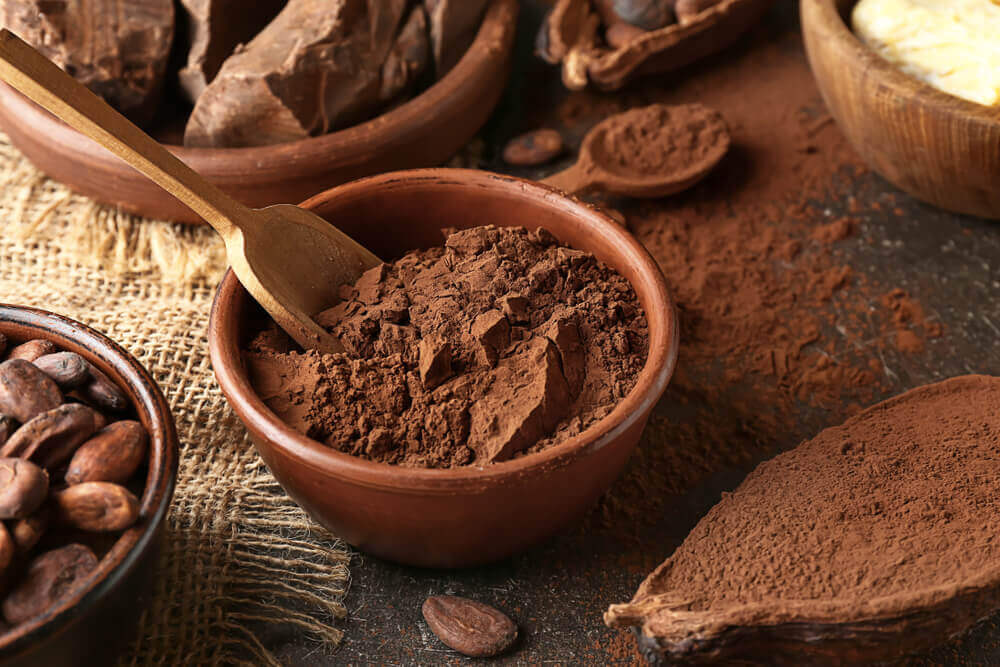On Friday, cocoa climbed amid reduced production from the Ivory Coast and a weaker dollar buying to cover futures.
Cocoa futures for May delivery traded firmer by 4.68% to $2,738.50 per metric ton on March 17’s Asian afternoon session.
According to government data, the Ivory Coast farmers shipped 1.73 million metric tons to ports. Nonetheless, it caused the transport for the 2022/23 marketing year to be down by -3.40% year-over-year.
Also, the world’s fifth-largest bean producer, Nigeria, had plunging exports. Based on the data from the Cocoa Association of Nigeria, their shipments fell by -5.90% YoY to 43,405.00 MT.
Furthermore, issues about the West African crops have lessened declines in their prices. Farmers have ongoing difficulties with fertilizer and pesticide shortages as the Russia-Ukraine war limited potash deliveries and other plant-helping products.
As the International Cocoa Organization (ICCO) said, the global 2021/22 cocoa production declined by -8.00% YoY to 4.82 MMT. The slide in products was caused by unfavorable weather.
However, gains in London were limited due to higher European supplies after ICE monitored EU cocoa output rose. The increase equates to a six-month high of 139,060.00 MT.
Moreover, a bearish factor is a statement from Ivory Coast’s bean regulator. It was mentioned that there are restrictions for some multinational traders from additional bean purchases for exports.
Climate Change Threats can Weaken Cocoa Production
Due to climate change, everyday essential commodities such as cocoa and other products could have a weaker output.
Based on the Food Foundation’s new report, major producer nations are prone to threats for such harvests. These include climate change, deforestation, and biodiversity loss.
Besides, production such as chocolate making faces these challenges. About 350,000.00 tons of cocoa imported to the United Kingdom come from countries with these risks.
Also, the bean’s growing regions in Ghana and Côte d’Ivoire would likely be too hot for crop growth in 2050. According to analysts, these areas produce more than half of the world’s cocoa.











